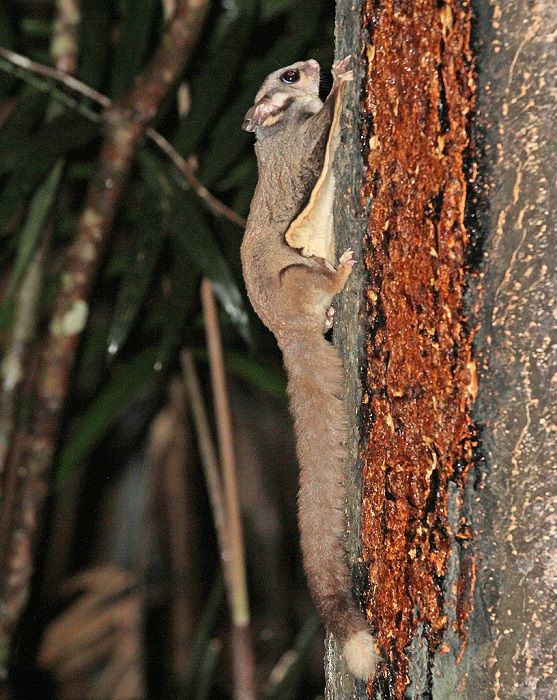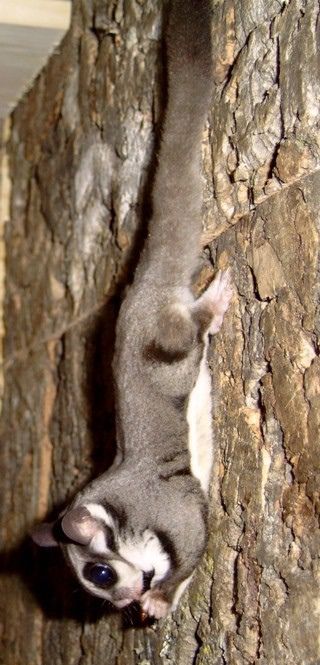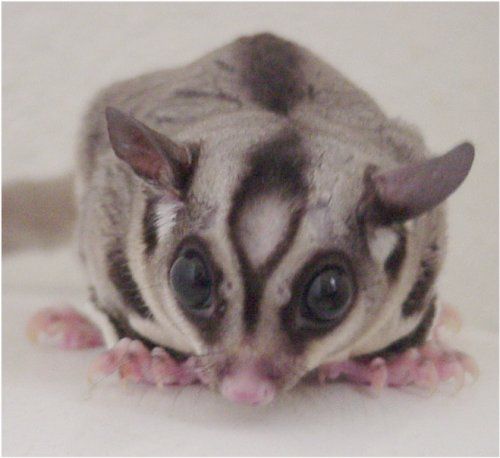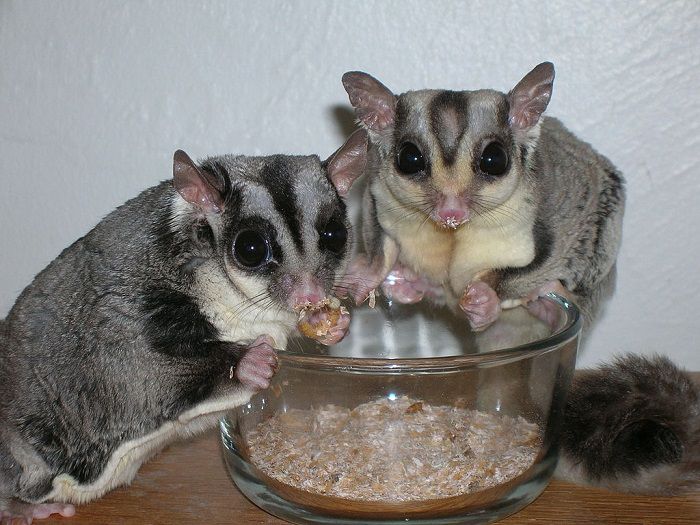Table of Contents
Bonding is an essential part of sugar glider keeping and it will help to tame your pet. But how do you know when your sugar glider is bonded? In this article, I will explain a bit more about bonding, how to do it, and why it is important.
What is Bonding in Sugar Gliders?
Sugar gliders are wild animals and as such will need to learn to be domesticated. In the wild, they are quite sociable and are used to being around other sugar gliders. In order to ensure that these little creatures make loveable pets, it is your responsibility to bond with your sugar glider. Once you have bonded with your pet, it will be a truly rewarding experience. Be aware though that the bonding procedure will take time and effort on your part. It can be a challenging time for new sugar glider owners.
are wild animals and as such will need to learn to be domesticated. In the wild, they are quite sociable and are used to being around other sugar gliders. In order to ensure that these little creatures make loveable pets, it is your responsibility to bond with your sugar glider. Once you have bonded with your pet, it will be a truly rewarding experience. Be aware though that the bonding procedure will take time and effort on your part. It can be a challenging time for new sugar glider owners.
Bonding is something that sugar gliders do in the wild with their parents, and it begins in the mother’s pouch after birth. This requirement to bond continues into adult life, and for sugar gliders in captivity, this bond will typically transfer to the primary carer. However, lots of work needs to be done to achieve this.
You need to be aware that bonding does not occur without effort on your part. Moreover, you should also be aware that unless your sugar glider bonds to you, it is likely to become fearful and may even become aggressive. If your sugar glider is afraid of you it might bite you when you approach.
you when you approach.

Sugar Glider on Tree 
Sugar Glider Upside Down
How to Bond to a Sugar Glider
Bonding with a sugar glider works best when the animal is quite young; however, it is still possible even at adulthood. Many experienced sugar glider owners believe that having more than one glider will help the process of bonding to be achieved quicker than with just a solitary animal. This is because sugar gliders, being the sociable creatures they are, do not like to be alone. They are far less likely to become fearful or insecure if they are not on their own when you are not with them.
When attempting to bond with your sugar glider, you need to ensure that your pet has some time to get used to its surroundings in the first instance. It is best to avoid touching your glider initially as it is likely to be feeling a little bit anxious in its enclosure. The best thing to do is give it space to explore its new environment. It will take some time to get used to the enclosure, but if you try to bond with it during the first few days then you will more than likely frighten it. If your sugar glider is scared when you approach, it will probably emit a high-pitched screeching noise, which is known as crabbing.
Once your sugar glider has adapted to its new surroundings and when it gets used to seeing you, it will stop making the crabbing sound. Use this as a cue to start the bonding process. The best way to start is to get your pet used to your smell. To do this, place an item of clothing that you have been wearing on top of the cage. You should try to place it as near to the sugar glider’s sleeping pouch as you can. Some keepers will transfer their scent to a piece of cloth and place this in the sugar glider’s sleeping pouch.
The next step is to try to get your glider to approach you when you come to the cage. To do this, try to entice it with a treat. Treats can include things such as yogurt drops, dried fruit, or honey. Speak quietly and calmly to your pet and even if it does not come to you at first, continue to do this a few times a day until the sugar glider realizes that you are not going to harm it.
Once the glider is eating out of your hand, you can take it from the cage. When you do lift your pet from the enclosure, be sure to be gentle and do not force it to leave the cage if it is reluctant to do so. You might need to allow your pet to sit on your hand for a few days before taking the next step of removing it from the cage.

Some keepers will wait until their sugar glider is in its pouch and remove the pouch with the sugar glider in it. Sugar gliders feel safe in their pouches, so it is a good idea to allow it to stay there until it is ready to come out. You can use treats to entice it out.
It is important to be patient with your pet and go at its pace. Bonding can take days, weeks, or even months depending on the personality of your pet. But stick with it and you will have a pet that loves you and is completely dependent on you.
Conclusion
Bonding with a sugar glider can be challenging but extremely rewarding. Patience is the key when trying to tame these adorable creatures. Remember, your new pet is likely to be very frightened so take your time and allow it to get used to you and its new surroundings. You will know you have successfully bonded when your pet does not make a crabbing sound when you approach or handle it.
Photo Credits:
- Featured Image (Sugar Gliders Eating Mealworms): OberonNightSeer
 – CC BY-SA 3.0
– CC BY-SA 3.0
- Sugar Glider on Tree: Joseph C Boone
 – CC BY-SA 4.0
– CC BY-SA 4.0
- Sugar Glider: Dawson
 – CC BY-SA 2.5
– CC BY-SA 2.5
- Sugar Glider Upside Down: Anke Meyring
 – CC BY-SA 2.5
– CC BY-SA 2.5


